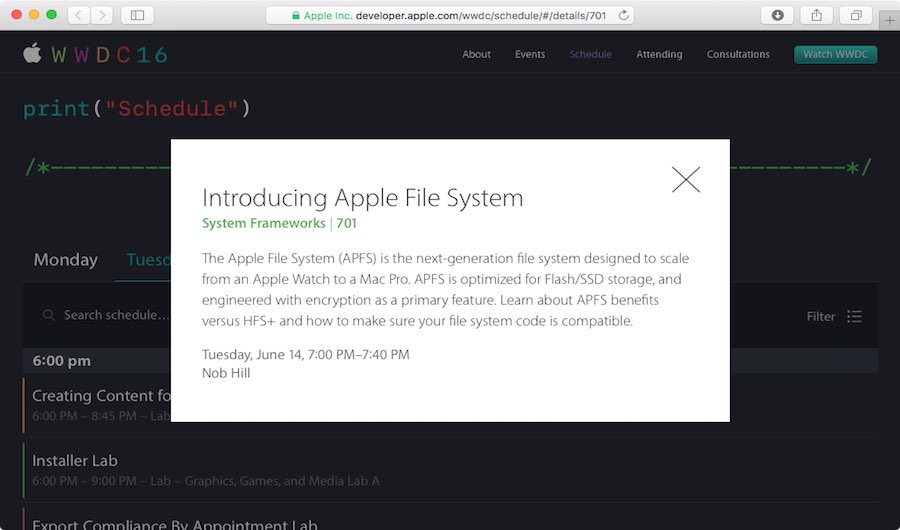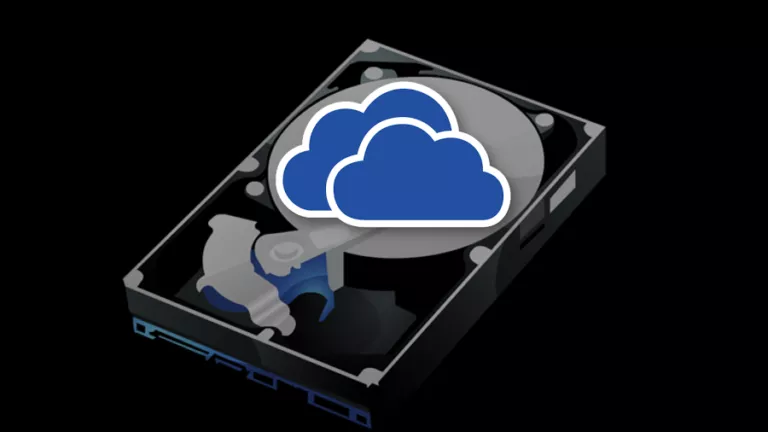Exploring Apple File System (APFS) — The Successor To Near Twenty Year Old HFS+

 Short Bytes: Almost twenty years ago, in 1998, Apple released its HFS+, the evolution of the even older HFS. Designed to support larger files and disks, it’s been the mainstay filesystem since. While HFS+ has gained features over the years, it is still designed for the state of computing of nearly twenty years ago, before 1TB hard disks and well before solid state flash drives, that’s where APFS comes in.
Short Bytes: Almost twenty years ago, in 1998, Apple released its HFS+, the evolution of the even older HFS. Designed to support larger files and disks, it’s been the mainstay filesystem since. While HFS+ has gained features over the years, it is still designed for the state of computing of nearly twenty years ago, before 1TB hard disks and well before solid state flash drives, that’s where APFS comes in.
APFS is said to bring many new innovative features to all of the Apple operating systems, with an emphasis on the recently re-branded macOS.
Most notable, and most beneficial, of the filesystem’s features is the SSD/flash storage optimization. APFS has been engineered in such a way that it will be able to better utilize features of modern flash storage. In addition, the filesystem employs Copy-on-Write and attempts to de-duplicate data. These two features work together to reduce the amount of storage used and minimize the wear on the flash storage cells.
Next to the flash medium optimizations, and possibly the most innovative feature set, is the native encryption. Apple assured their patrons that they stood firm on the front of privacy and security, and it looks like they’re staying true to their word. This is especially valuable after the stage worthy dialogue that took place last year between Apple and the FBI. The filesystem is capable of being encrypted with a single key, or having multiple keys. This lends well to two very common scenarios. The first being a system with multiple users, each can have their own key for their own home directory. The second is with apps on a mobile device, each could have their own key to their own data. In either scenario, the new filesystem definitely improves security in a truly innovative way.
Lastly, Apple has implemented a form of containers within the filesystem, though, it probably won’t benefit the end user very much. This is likely how they intend to implement the multiple user/app paradigm with multiple encryption keys. The idea is that the container will be like a filesystem within a filesystem. This can facilitate backups with the snapshot feature and can potentially provide Time Machine with more capability or flexibility, but it isn’t entirely clear how exactly Apple intends to leverage this feature.
There are other features, but they’re much smaller and much less likely to have any bearing on the typical user experience.
Apple’s new filesystem is being hailed as modern and innovative, but is it really? While Apple has done some very innovative work with this filesystem, specifically with the encryption features, much of these features have been around and implemented in other filesystems for a long time, now. ZFS was released in 2005 on the Solaris operating system from Sun Microsystems. ZFS employs many of the APFS features and goes far beyond that. That means that APFS is a whole eleven years behind in terms of features. In addition to that, Btrfs also carries many of the same features and has been available since 2009. With that in mind, it’s difficult to think of the new APFS as innovative.
Is Apple’s new filesystem original and modern? Are Apple-using fossBytes readers excited for APFS? Let us know below.
Also Read: FAT32 vs. NTFS vs. exFAT – Difference Between Three File Systems






